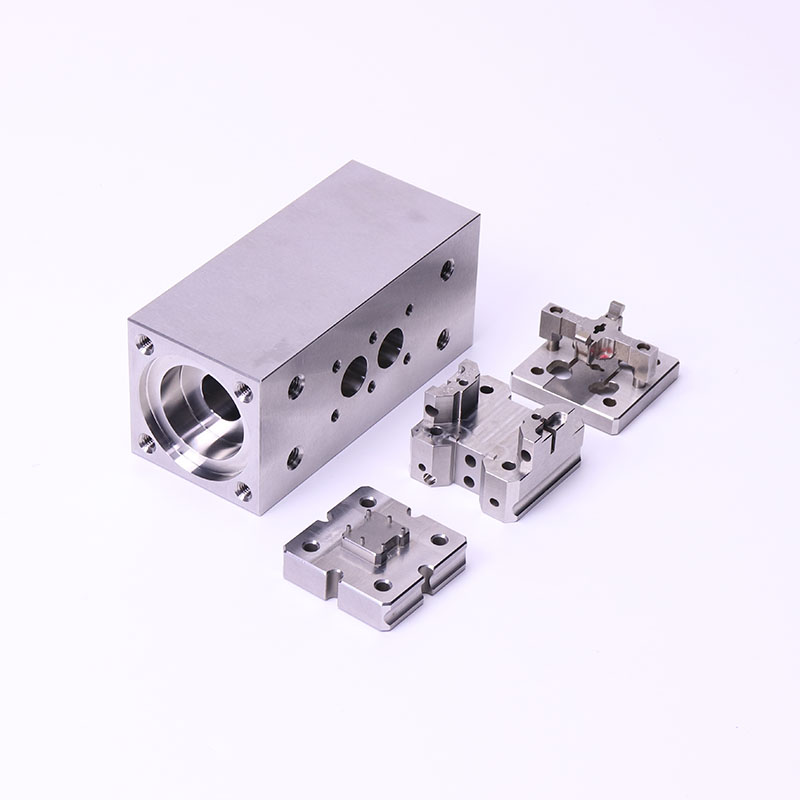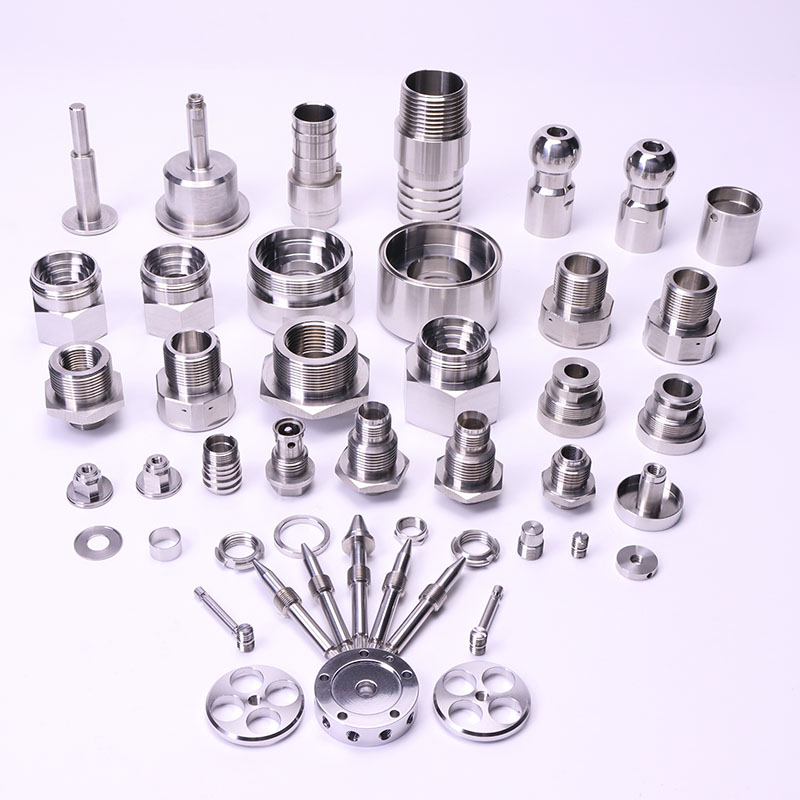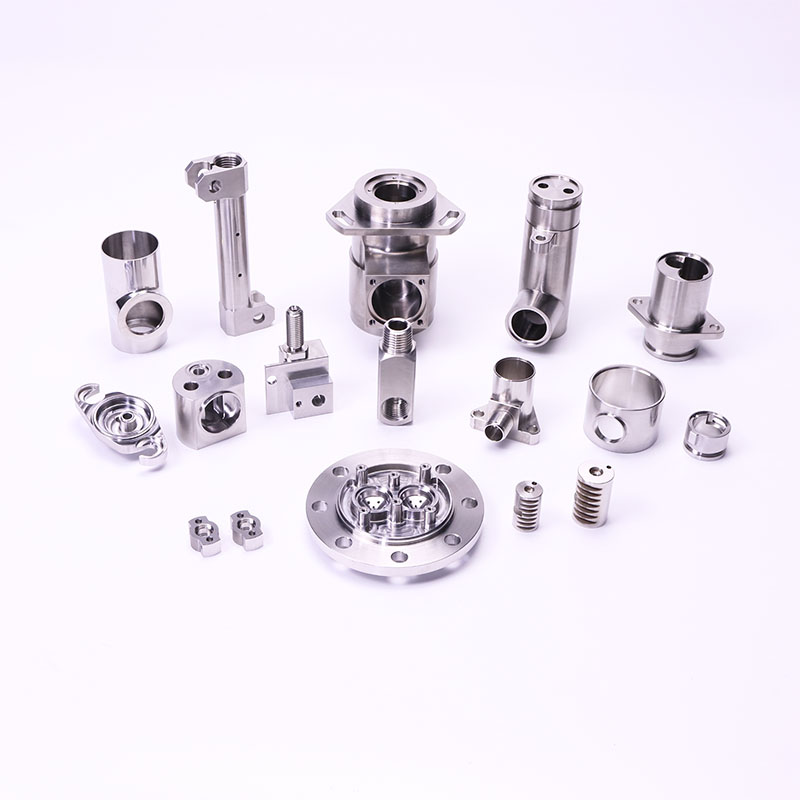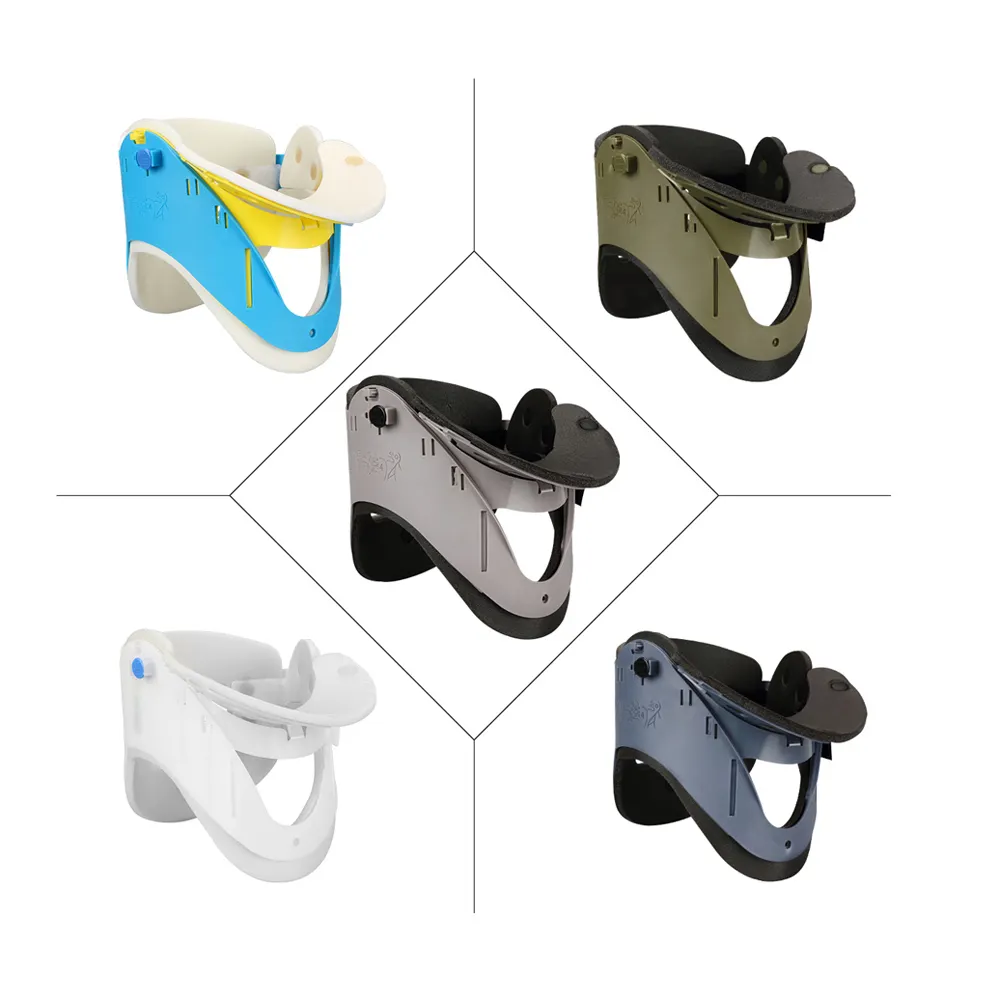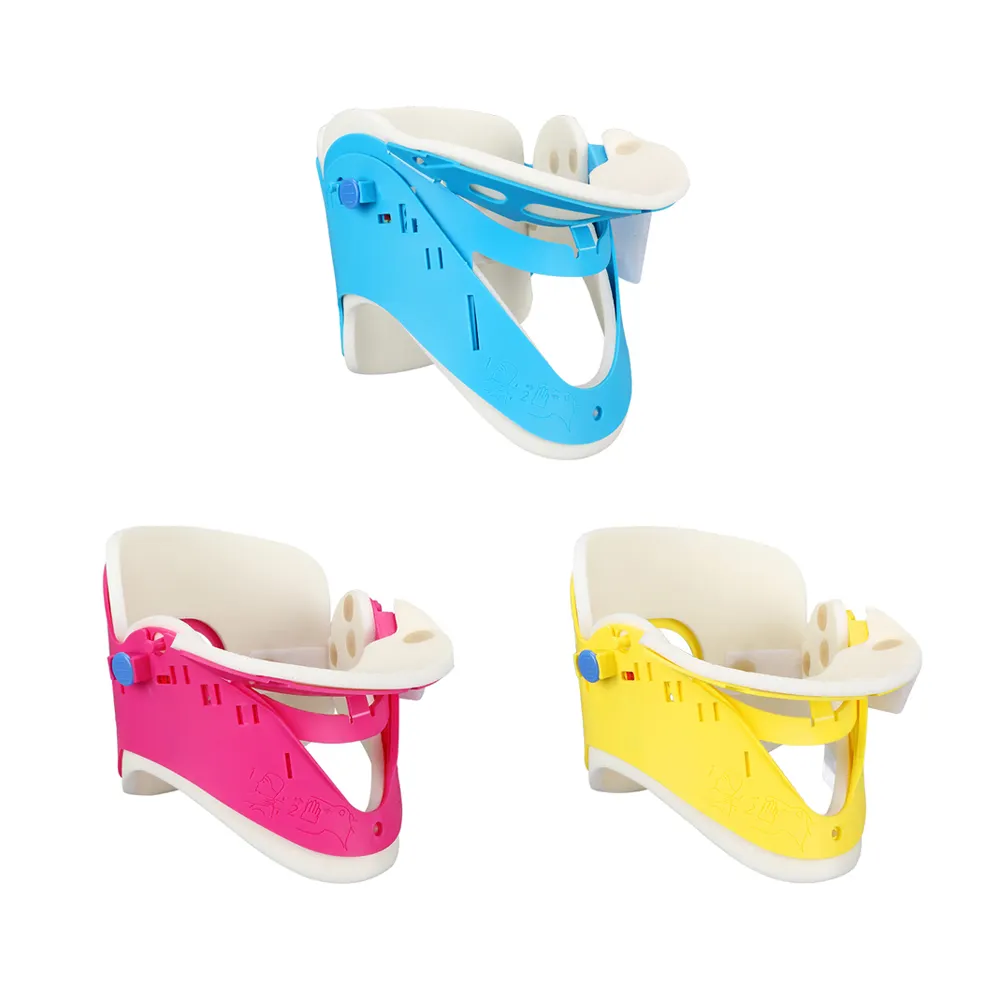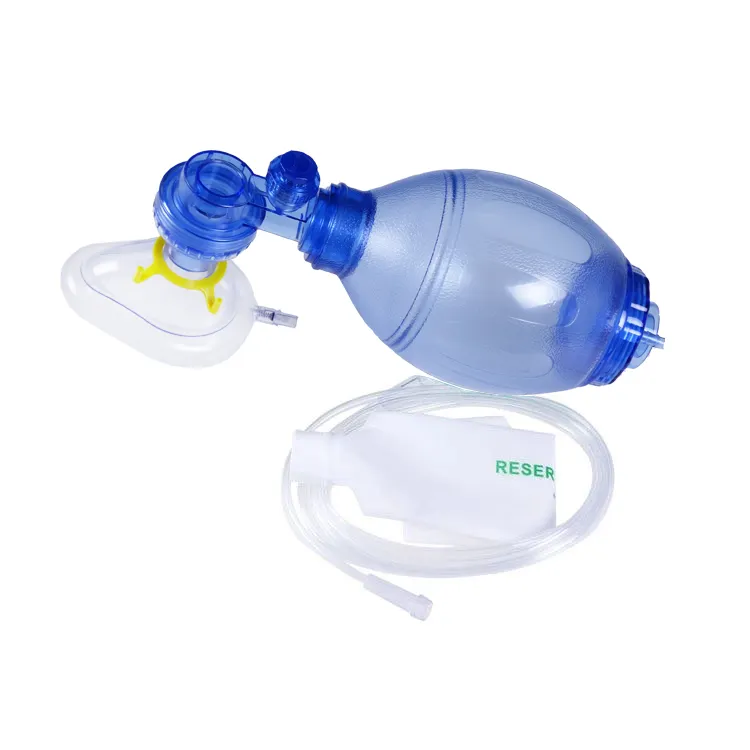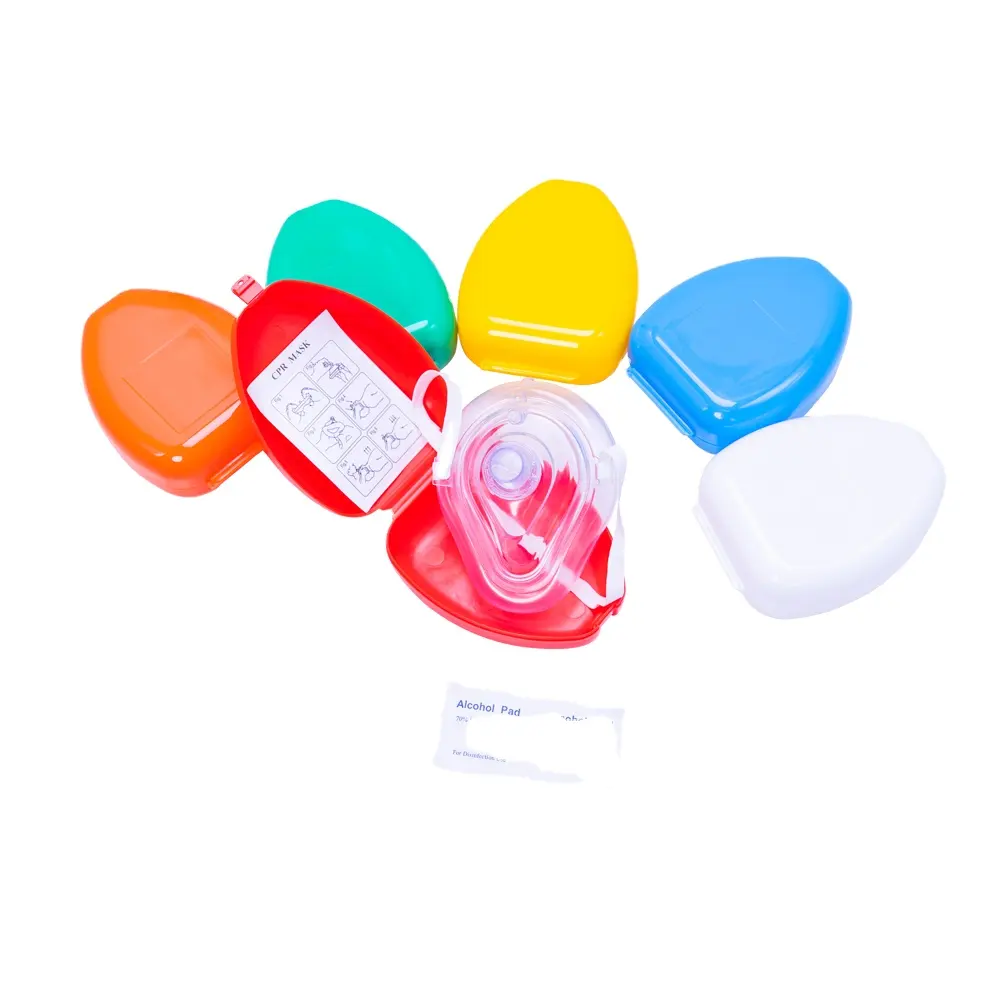Abstract
In an era where rapid prototyping bridges imagination and innovation, understanding the true cost of prototype manufacturing is critical. This article explores the multifaceted variables—material science, machining techniques, and design complexity—that shape pricing. Drawing on global case studies and emerging technologies, we decode how a professional prototype manufacturer balances precision, speed, and affordability to deliver tailored solutions.
Introduction
Every groundbreaking product begins as a prototype—a tangible proof of concept that validates design, functionality, and market viability. Yet, for engineers and entrepreneurs alike, the question persists: How much does it cost to get a prototype made? As a seasoned prototype manufacturer, Prime Kunwu Industrial demystifies this process, blending technical expertise with real-world insights to empower decision-makers navigating the competitive landscape of custom machining.
1. Key Factors Influencing Prototype Manufacturing Costs
1.1 Material Selection: Balancing Performance and Budget
Material costs account for 30–50% of prototype expenses. Aerospace-grade aluminum (25–40/kg) ensures lightweight durability for drone components, while medical-grade titanium (80–120/kg) meets biocompatibility standards. For example, a German automotive startup reduced costs by 22% using our recommendation to substitute 316L stainless steel with anodized aluminum for non-structural EV battery housings.
1.2 Complexity of Design and Tolerance Requirements
Tight tolerances (±0.005 mm) and intricate geometries demand advanced CNC machining or EDM (Electrical Discharge Machining), increasing labor and tooling time. A case in point: a U.S. robotics firm spent 8,500 on a multi−axismachined robotic arm prototype but saved 8,500 on a multi−axismachined robotic arm prototype but saved12,000 in post-production revisions through rigorous upfront simulation.
1.3 Volume and Scalability Considerations
Low-volume prototyping (1–10 units) often incurs higher per-unit costs due to setup fees. However, hybrid approaches—like combining 3D-printed polymer cores with CNC-machined metal inserts—can cut costs by 35% for mid-batch production, as demonstrated in a Chinese IoT sensor project.
2. Emerging Trends Reshaping Prototype Manufacturing
2.1 AI-Driven Design Optimization
Generative AI tools like Autodesk Fusion 360 now automate topology optimization, reducing material waste by up to 40%. A recent EU-funded study showed AI-optimized turbine blade prototypes achieved 18% higher efficiency while trimming machining time by 26%.
2.2 Sustainable Materials and Processes
The global shift toward circular economies is accelerating adoption of recycled magnesium alloys and water-based cutting fluids. For instance, a Scandinavian furniture manufacturer slashed carbon emissions by 57% using our recycled aluminum prototypes validated by ISO 14040 lifecycle assessments.
2.3 Supply Chain Localization
Post-pandemic, 68% of U.S. manufacturers now prioritize regional prototype partners to mitigate delays. Our Xiamen facility’s 72-hour turnaround for CNC-machined automotive molds helped a Shanghai EV startup accelerate time-to-market by 6 weeks versus overseas competitors.
3. Future-Proofing Through Sustainable Innovation
As global ESG regulations tighten, prototype manufacturers are pivotal in driving green transitions. Our 2024 collaboration with a Swedish HVAC manufacturer exemplifies this: by combining topology-optimized 3D-printed titanium heat exchangers (weight reduced by 58%) with carbon-neutral CNC machining, we helped them achieve LEED Platinum certification—a first in industrial prototyping. Meanwhile, the rise of hybrid manufacturing (e.g., combining WAAM wire arc additive manufacturing with finish machining) is revolutionizing large-format prototypes. Boeing’s recent wing spar prototype, co-developed with our R&D team, demonstrated 34% lower lifecycle emissions than traditional methods while maintaining FAA-compliant fatigue resistance. These aren’t just technical milestones—they redefine how industries balance ecological responsibility with mechanical excellence.
4. Conclusion
Prototype manufacturing is both an art and a science—a synergy of metallurgical expertise, cutting-edge technology, and strategic cost management. By partnering with an agile prototype manufacturer like Prime Kunwu Industrial, businesses gain not just a service provider, but a collaborator invested in transforming visionary concepts into market-ready innovations.
References
ASM International. (2022). Metals Handbook: Machining and Finishing.
Grand View Research. (2023). Prototype Manufacturing Market Size Report.
Autodesk. (2023). Generative Design in Automotive Prototyping.
FAQs
1: How to choose the best prototype manufacturer for my project?
A: Prioritize ISO-certified prototype manufacturers with expertise in your industry (e.g., medical or automotive) and proven AI-driven cost optimization tools.
2: What materials do prototype manufacturers recommend for high-temperature applications?
A: Inconel 718 or titanium alloys are preferred by leading prototype manufacturers for thermal resistance, with 22% cost savings via recycled variants.
3: Can a prototype manufacturer guarantee tight tolerances like ±0.005mm?
A: Yes, advanced prototype manufacturers use 5-axis CNC and EDM to achieve ±0.005mm, as seen in Boeing-certified aerospace components.
4: How do prototype manufacturers reduce lead times for urgent projects?
A: Top-tier prototype manufacturers offer 72-hour CNC machining (like our Xiamen facility) and hybrid 3D printing/CNC workflows.
5: Are sustainable prototyping options available from eco-conscious prototype manufacturers?
A: Absolutely. We provide LEED-certified solutions using 100% traceable recycled metals, cutting lifecycle emissions by 34% (per ISO 14040).
Contact Info
Mr. Brook Lin
Job Title: Sales manager
E-mail: [email protected]
Mob/WhatsApp:+86 13599927066
Wechat:+86 13599927066 Skype:+86 13599927066
Country/Region: China (Mainland) Province/State: Fujian
Operational Address: Building 172, Tongan Industrial Zone, Tongan Area, Xiamen, Fujian, China (Mainland) Zip: 361100

